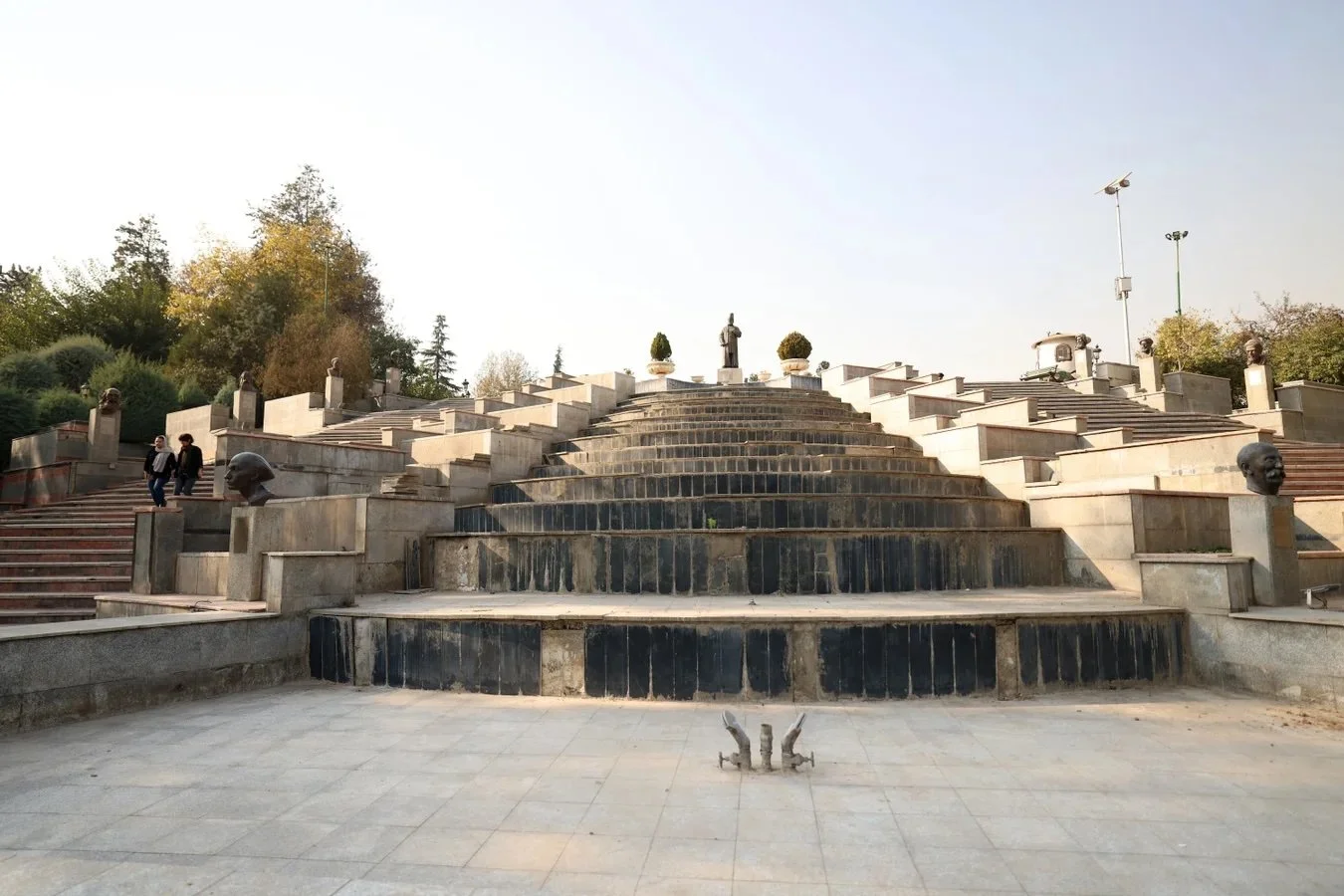Iran’s Capital Is Moving. The Reason Is an Ecological Catastrophe
The decision to move Iran’s capital is partly driven by climate change, but experts say decades of human error and action are also to blame
For decades experts have warned that water would be the sharp edge of climate change impacts on most societies. Now a nation’s capital is forced to move because of water scarcity. Folly in government water planning compounds the punch from avoidable drought. We have seen this in the lcollapse of salmon runs stranded in dewatering rivers. We see it again in cities consigned to dust and depopulation. Can water-lean innovations help? Can natural methods pull back the trend and restore waters that have been dwindling?
—Brad Warren, GOH
Scientific American | November 29, 2025
By Humberto Basilio, edited by Claire Cameron
Amid a deepening ecological crisis and acute water shortage, Tehran can no longer remain the capital of Iran, the country’s president has said.
The situation in Tehran is the result of “a perfect storm of climate change and corruption,” says Michael Rubin, a political analyst at the American Enterprise Institute.
“We no longer have a choice,” said Iranian president Masoud Pezeshkian during a speech on Thursday.
Instead Iranian officials are considering moving the capital to the country’s southern coast. But experts say the proposal does not change the reality for the nearly 10 million people who live in Tehran and are now suffering the consequences of a decades-long decline in water supply.
Since at least 2008, scientists have warned that unchecked groundwater pumping for the city and for agriculture was rapidly draining the country’s aquifers. The overuse did not just deplete underground reserves—it destroyed them, as the land compressed and sank irreversibly. One recent study found that Iran’s central plateau, where most of the country’s aquifers are located, is sinking by more than 35 centimeters each year. As a result, the aquifers lose about 1.7 billion cubic meters of water annually as the ground is permanently crushed, leaving no space for underground water storage to recover, says Darío Solano, a geoscientist at the National Autonomous University of Mexico, who was not involved with the study.
“We saw this coming,” Solano says.
Other major cities such as Cape Town, South Africa, Mexico City and Jakarta, Indonesia, as well as parts of California, are also facing day zero scenarios as they sink and run out of water.
This is not the first time Iran’s capital has moved. Over the centuries, it has shifted many times, from Tabriz to Isfahan to Shiraz. Some of these former capitals still thrive while others exist only as ruins, Rubin says. But this marks the first time the Iranian government has moved the capital because of an ecological catastrophe.
Yet, Rubin says, “it would be a mistake to look at this only through the lens of climate change.” Water, land, and wastewater mismanagement and corruption have made the crisis worse, he says. If the capital moves to the remote Makran coast in the south, that could cost more than $100 billion. The region is known for its harsh climate and difficult terrain, and some experts have doubts about its viability as a national center. Relocating a capital is often driven more by politics than by environmental concerns, says Linda Shi, a social scientist and urban planner at Cornell University. “Climate change is not the thing that is causing it, but it is a convenient factor to blame in order to avoid taking responsibility” for poor political decisions, she says.
Editor’s Note (11/21/25): This article was edited after posting to correct the date of Iranian president Masoud Pezeshkian’s quoted statement and the link to the recent study on the sinking of Iran’s central plateau.
Humberto Basilio is a Mexican science journalist covering policy, health, misconduct, archaeology and the environment. His work has been published in the New York Times, National Geographic, Science, Nature, and more. He is the current news intern at Scientific American.


